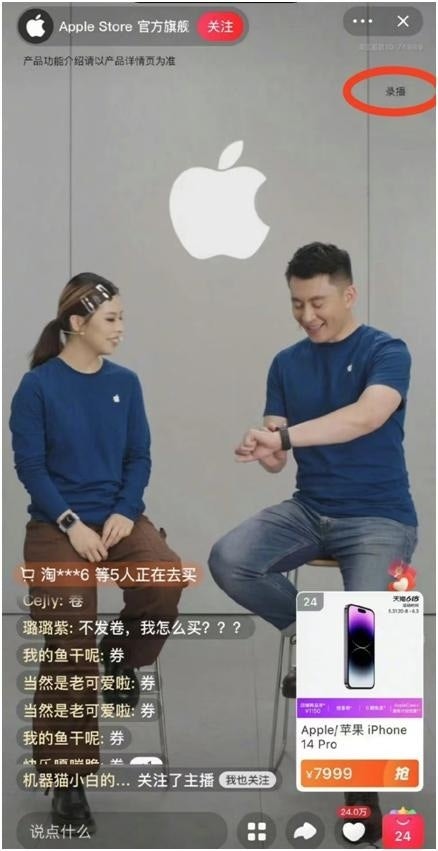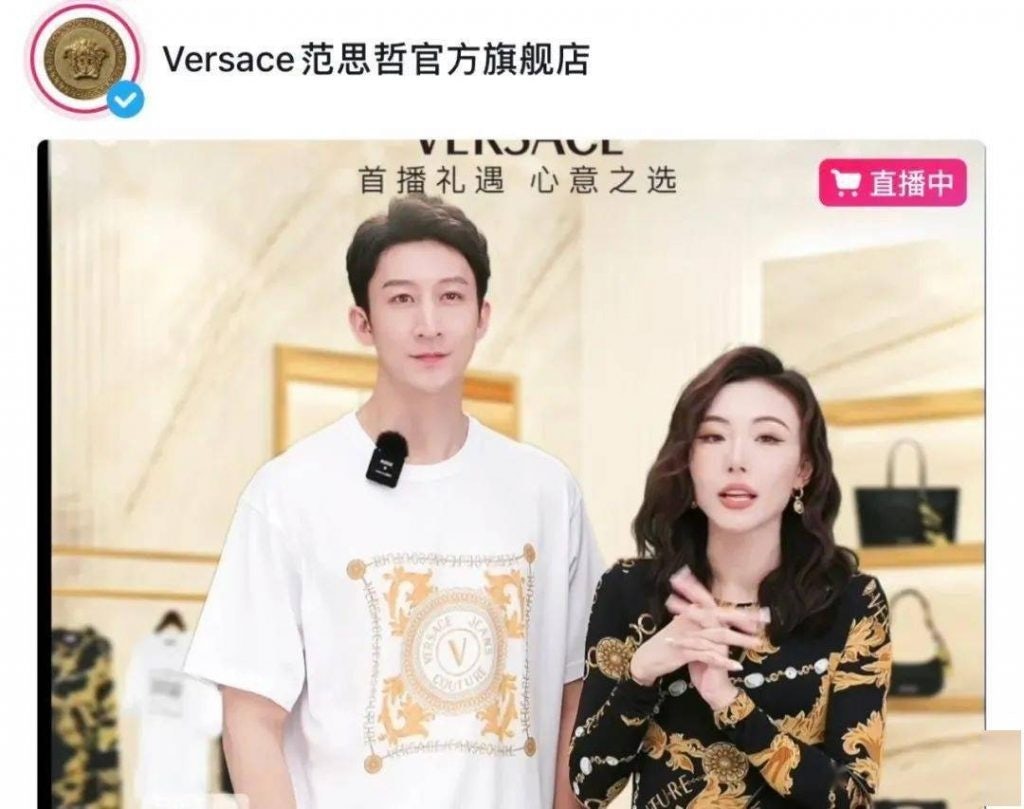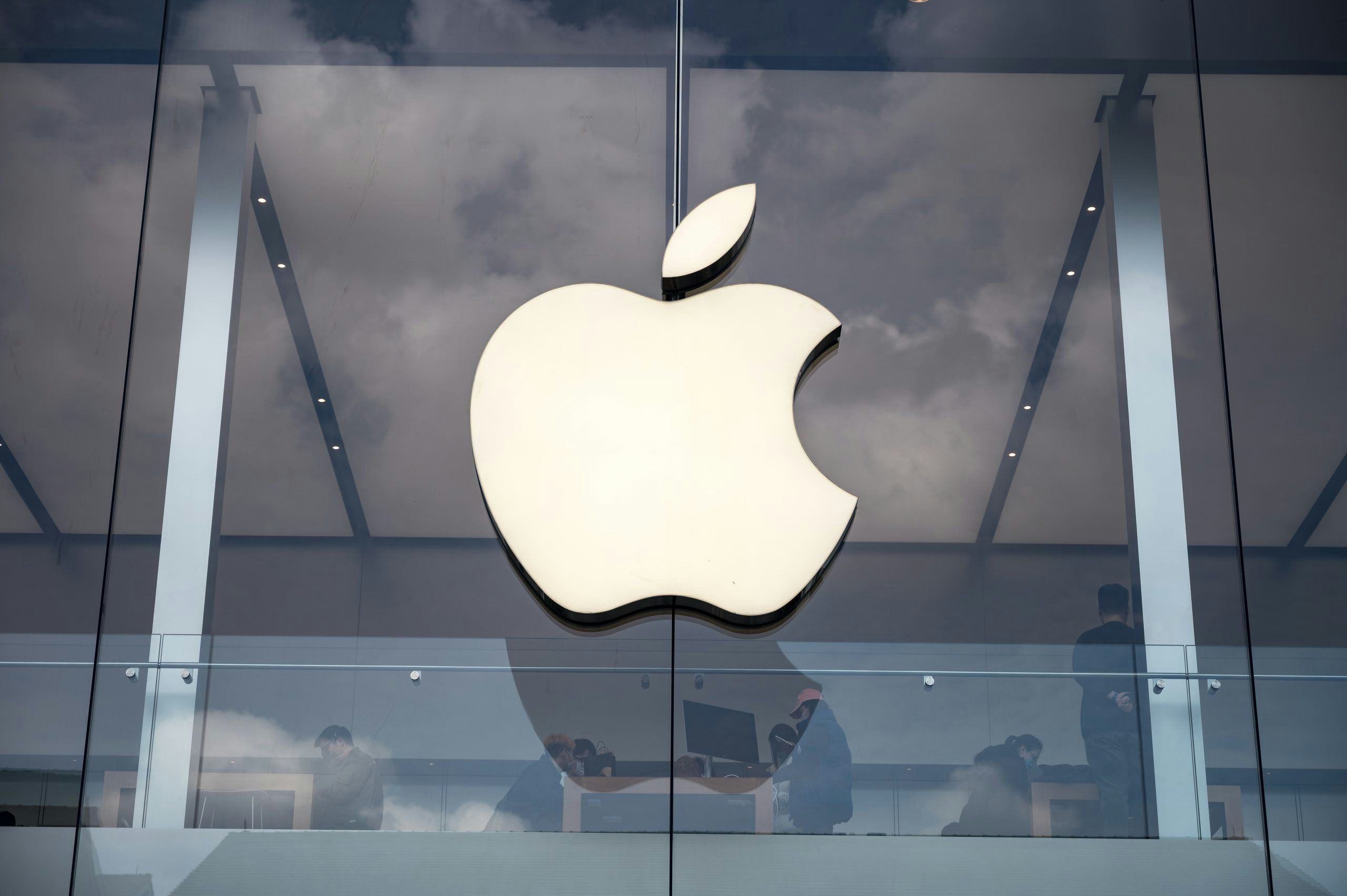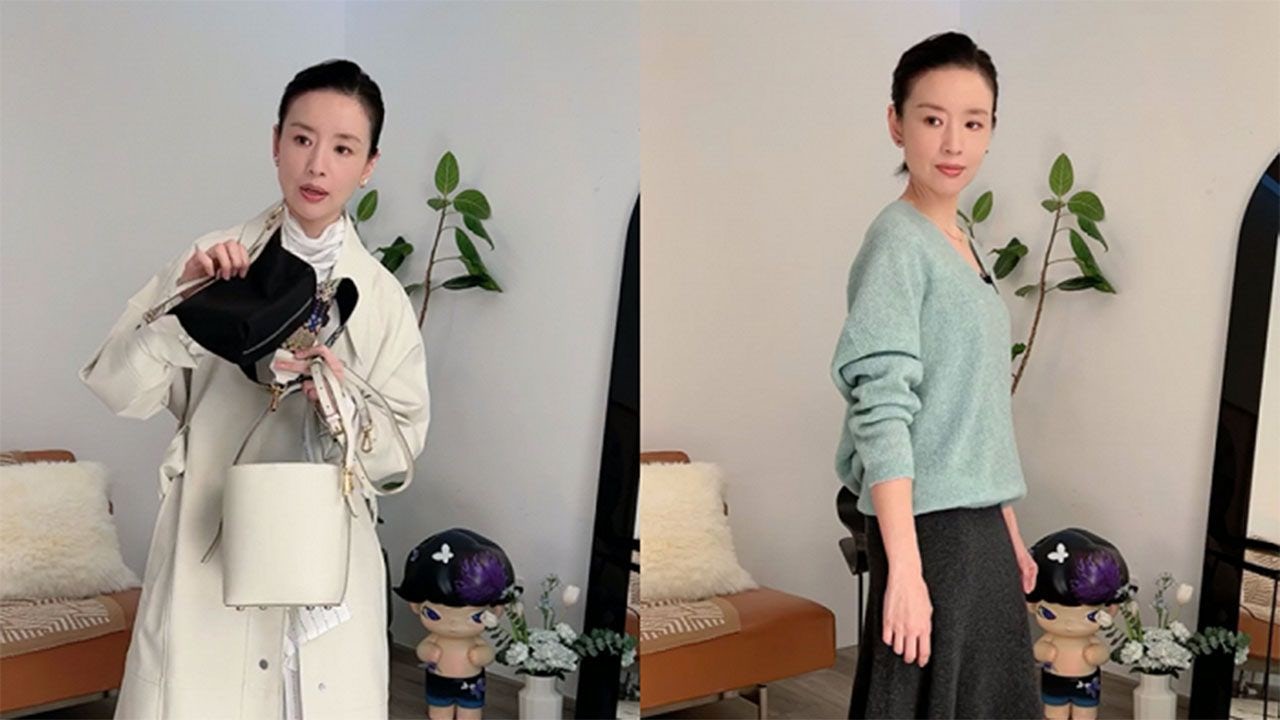In 2019, livestreaming was merely a blip on the radar in China, accounting for just 3.5 percent of all e-commerce sales in the country. By 2022, it had more than quadrupled to 16.5 percent, and this year, it’s forecast to generate nearly 20 percent of e-commerce sales, according to eMarketer.
Apple’s ‘Buddhist’ livestreaming foray#
In 2019, 60 percent of shoppers said they turned to livestreams for the discounts. Livestreams in China keep audiences engaged by offering time-limited discounts. The urgency created by these tactics can result in a conversion rate of up to 30 percent, according to McKinsey. Here lies the challenge for luxury: balancing upscale branding while leveraging high-conversion channels like livestreams that are steeped in discount culture.
Best practices for livestream anchors typically include focusing on authenticity so that consumers see the recommendations as genuine, instead of a sales pitch. Additionally, audiences are encouraged to interact directly with the hosts, getting real-time answers to their burning questions about cut, color, and styling, for instance. It's a two-way street of engagement that fosters trust and boosts sales. But recently Apple bucked the trend.
Apple's first foray into China's livestreaming for this year’s 618 shopping festival, which ran from May 31 to June 18, became the top-ranked search on Tmall. The show, which was watched by 1.3 million people, highlights how the livestream market is maturing with a stronger focus on high-quality content over steep discounts.

Apple's livestream stood out from the pack in that it was pre-recorded, hosted by product experts, and focused on product introductions instead of discounts or interaction with a live audience. The Apple product experts offered tips on filmmaking with iPhones and how to use the Apple watch, among other things. Netizens nicknamed the livestream a “Buddhist livestream” due to how calm and organized it was, compared to the frenetic pace of most livestreams.
An increasing focus on quieter, informational content for livestreams, contrasts with the high-octane livestream experiences consumers are used to.
Dong Jie, a popular fashion livestreamer, is known by netizens for the unique, gentle style in which she shares information about her favorite, and usually more niche, high-end designer brands. She has grown her audience rapidly, going from 890,000 fans to over 2 million on Xiaohongshu this year, achieving over 4 million in gross merchandises value during her first two live broadcasts.
In the food and beverage category, Dong Yuhui, another top livestreamer, follows a similar style. When selling steaks, he tells audiences how to express the taste in English. Netizens have commented that they feel like they are “paying for knowledge.”
More luxury brands are dipping their toes into livestreaming, including Dior and Gucci. Their live content on Douyin has predominantly centered around fashion shows, which fare well with livestream format. Similarly, Versace had its first livestream on Douyin last month, a year after opening its official flagship store on the platform. On the live broadcast, anchors covered Versace's luxury handbags, shoes and some ready-to-wear, mostly from the Versace Jeans sub-line.

The typically chaotic and promotional inclinations of livestream formats don’t pair well with luxury brands. But as proven by upscale brands like Apple, Dior, Gucci and now Versace, the format is clearly evolving.
The move towards “Buddhist” presentation styles and quieter, more upscale content not only bodes well for luxury brands, but it highlights the maturing nature of the format in China. Embracing high-quality livestreaming content is a game-changer for engaging Chinese audiences.


